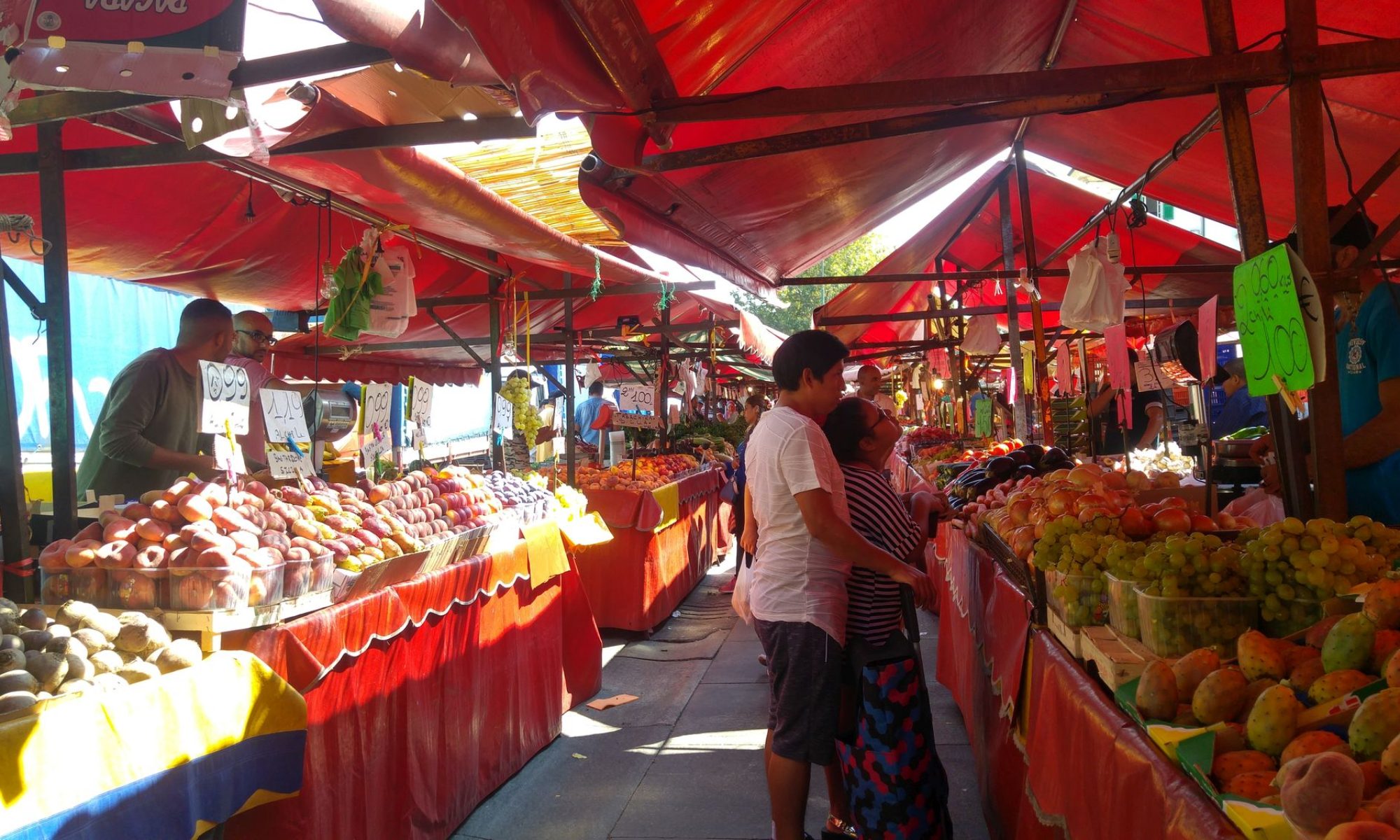Saturday, 30 August, 2020
Short walks are the thing! I had a couple of places I wanted to see this week, and I have been slowly crossing things off my list. On Thursday I went to look more closely at the old Orphan Asylum and on Friday I decided to have a return visit to the Stoke Newington Farmers Market. So how did I do?
One thing I wanted to do is go back to Clapton Square and take in Clapton Passage. For one thing, at the Clapton Square end, there’s a gorgeous Loddiges palm tree. I like the narrowness of the passage but the houses aren’t in good repair.

The last time I walked on Clarence Road, I was alone and a little too nervous to wander down Clarence Mews alone so Krish and I went into the mews and I could dream about my sometime mews house again.







From Lower Clapton Road, the old Orphan Asylum looks really impressive. The first time we saw it, we wondered what it was. It stands there like a Hackney Acropolis.


See what I mean? A sort of Hackney surprise, one of many. It’s a shadow of its former self, though.


From my research: The London Orphan Asylum was founded in 1813 by Andrew Reed who had been trained at Hackney College. The site of Hackney school off Lower Clapton Road, later reached by Linscott Road, was bought in 1820 and the children were transferred to new buildings there in 1825. The asylum included boys’ and girls’ schools and was administered by the headmaster, who was also chaplain; numbers rose from 206 in 1826 to 453 in the 1860s. The building by W. S. Inman, ‘very ambitious although rather cheaply executed’, had a frontage of 19 bays, the central 3 projecting beneath a pedimented Tuscan portico and the outer ones also projecting; it was extended behind in 1846 and included a chapel seating 400 in 1851. After the orphans had moved to Watford in 1871, the building was taken over by the Metropolitan Asylums Board c. 1873-6 and the Salvation Army from 1882.
There’s still a school there. We took some photos and a man came to ask if he could help. Oops. There were no children around so I hope no one will come after me. This was a small street with some cute kids’ art.


And that was that. I’d finally had a close-up look at the asylum. I was shocked to see no plaque on there, no sign of what it once was. Just a shell with no life. I’d like to check the archives for pictures of the children, the school and boarding rooms, and the site as it once was.
And then Krish couldn’t resist some chips from The Mermaid fish bar at Clapton Pond, another area I must blog about when I can.

As we walked home, we came across a memorial. I don’t know if this man was an accident or murder victim, but I shudder when I see these. There was a time that Hackney had a reputation for violent crime. This has changed over the years, but I think that the pandemic has brought out some bad feelings and actions. I hear it from everywhere. Around here we sometimes have gang fights and random violence on the housing estates. I hear the helicopters circling and I’m never sure if there’s a rave somewhere or the police are on the lookout. It’s not restricted to Hackney but this is my neighbourhood so it’s meaningful.



On Saturday I thought about going up to the Stoke Newington Farmers Market, which reopened two or three Saturdays ago. I rarely buy anything there but I thought I might get some bread and see how things were in this new climate. I had the idea to go, and was dressed and out at the bus stop in less than twenty minutes. However, my plans were foiled. I’d forgotten how popular the market was and, as we came up the street to my bus stop, I could see the queue to get in.

Nothing for it but to do something else, and at least find some bread elsewhere. This little bit of Stoke Newington High Street is popular. Stoke Newington itself has an illustrious past, with some famous residents, such as writer Daniel Defoe, founding father of the prison reform movement John Howard, and quite a few Quakers of note.
Today Stoke Newington rambles between very shabby and very chic (maybe shabby chic…) and on this stretch things are only slowly coming around to the latter.







I came for the market but all I could really do was take some photos through the railing. It looked sparser than usual but the queue was still daunting.


The farmers market is in the yard of St Paul’s Church. This is where Krish had volunteered for many years before the pandemic. What I particularly like is the rectory. We had a friend who had a flat in there, although I never got to see the inside.




